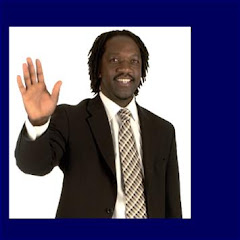This came to light yesterday during a parliamentary hearing into the proposed SA Languages Bill. The bill aims to give effect to language rights provided for in the constitution, as according to the National Institute for the Deaf (NID), Deaf people suffer three times the average unemployment rate.
While the constitution requires the government to “promote and create conditions for the development and use” of sign language – as with the Khoi, Nama and San languages – it stops short of recognising it as an official language.
This was despite the fact that users of sign language constituted the fifth-largest language group in SA, surpassing the number of people who spoke official languages such as Ndebele, Venda and Tsonga, according to NID director Ernest Kleinschmidt.
NID executive director Deon de Villiers said on the sidelines of the discussion that there were about 4 million hearing-impaired South Africans, of whom about 1.5 million were “profoundly deaf”.
He complained that last year’s census failed to collect information on the number of deaf people, hampering efforts to improve policies which affect the deaf and hearing-impaired community.
De Villiers said 47 schools for deaf children produced just 17 matriculants last year because most of them could accommodate only primary school pupils. This left deaf and hearing-impaired pupils with the daunting prospect of entering regular high schools which could not meet their needs.
De Villiers said many deaf pupils simply “gave up”, falling out of the education system long before Grade 12.
Kleinschmidt made an impassioned plea for “the oldest language in the world” to be granted its rightful place among the country’s many languages, pointing out that sign language was “not a luxury for those who use it”.






No comments:
Post a Comment